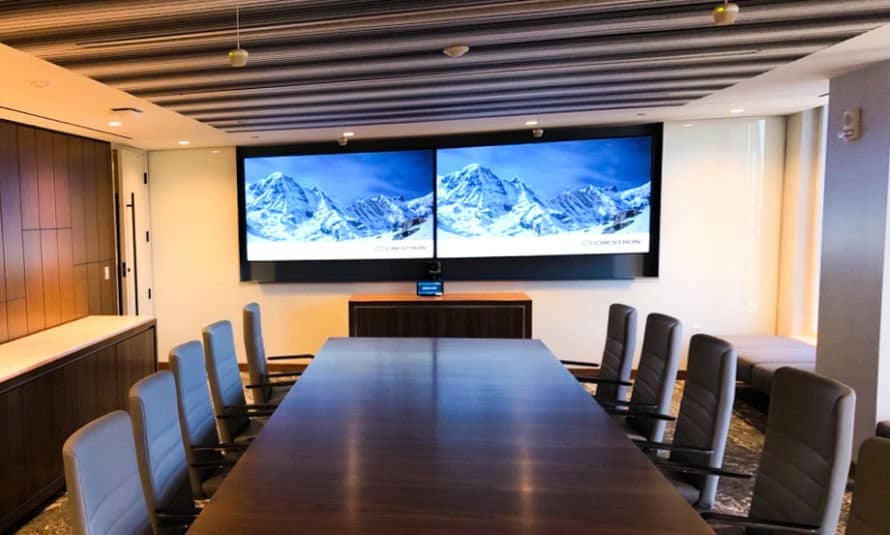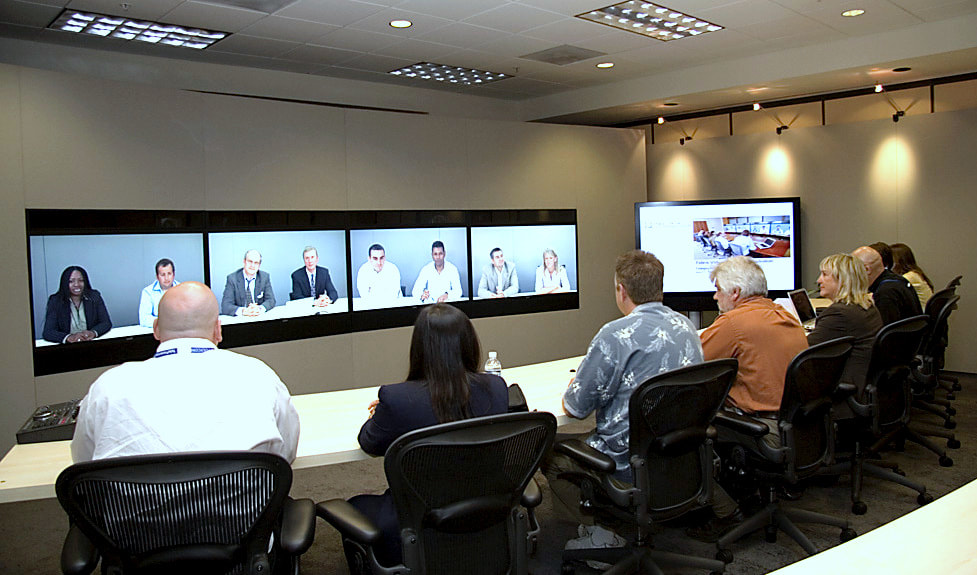Creating Dynamic Discovering Environments With Advanced Sound Visual Solutions
In the quickly progressing landscape of education and learning, the assimilation of innovative audio-visual systems stands as a pivotal development, transforming conventional classrooms into dynamic knowing atmospheres. As we check out the capacity of these systems, one need to take into consideration exactly how they improve instructional approaches and impact knowing results.
Comprehending Advanced AV Equipments
In today's rapidly developing academic landscape, advanced audiovisual (AV) systems have ended up being important to developing appealing and efficient learning settings. These systems encompass a wide array of modern technologies, consisting of interactive screens, high-definition projectors, and sophisticated stereo, every one of which contribute to a more immersive instructional experience. By leveraging these modern technologies, teachers can present details in varied and vibrant styles, accommodating numerous discovering demands and styles.
Understanding the parts and capabilities of innovative AV systems is critical for instructors and managers aiming to optimize their educational atmospheres. Interactive displays, for circumstances, allow real-time cooperation and responses, permitting trainees to engage more deeply with the web content. High-def projectors guarantee that aesthetic products are offered with quality, boosting comprehension and retention. Moreover, advanced stereos supply clear audio, which is vital for keeping focus and guaranteeing that all students can understand the material and listen to existing.
Incorporating sophisticated AV systems needs not just an understanding of the modern technology itself but also tactical planning to line up these devices with academic purposes. By attentively incorporating these systems, colleges can cultivate a setting that supports cutting-edge teaching techniques and boosts the total instructional experience for both instructors and pupils.
Enhancing Student Involvement
Every person recognizes that trainee interaction is an essential part of effective understanding end results. Involved trainees are most likely to take in information, participate actively, and create essential assuming abilities. Advanced audio-visual (AV) systems play a considerable function in fostering this interaction by creating immersive and interactive knowing environments. These systems can transform typical class into dynamic setups where trainees are inspired to learn.
Top notch noise and visual aspects assist catch students' attention and boost their understanding of intricate topics. As an example, making use of large display screens with crisp imagery and clear audio can make lessons a lot more understandable and exciting. Furthermore, AV systems assist in diverse training techniques, such as joint jobs and multimedia discussions, which can deal with different finding out designs and keep trainees interested.
Moreover, the consolidation of AV systems enables real-time feedback and interaction between teachers and students. This immediacy can motivate energetic engagement, as students feel a lot more attached to the lesson and confident in expressing their thoughts. Therefore, by incorporating sophisticated AV innovations, universities can create a stimulating environment that not only improves involvement yet also supports better academic performance and student fulfillment.
Integrating Interactive Technologies
Although the assimilation of interactive modern technologies in educational settings marks a significant shift from traditional teaching methods, its effect on trainee knowing and interaction is profound. Interactive innovations, such as wise boards, electronic tablet computers, and digital reality applications, have redefined the classroom, transforming it into a dynamic space where students actively join their knowing journey. These innovations promote partnership, creative thinking, and critical thinking, as pupils are encouraged to communicate with electronic web content, execute simulations, and participate in problem-solving activities.
Making use of interactive innovations assists in real-time comments and review evaluation, enabling instructors to customize Discover More guideline to fulfill specific requirements. This immediacy in comments enhances the discovering procedure, allowing trainees to understand ideas better and swiftly address misconceptions. Additionally, such technologies promote inclusivity by giving diverse students with multiple means of involving and accessing with material.
Additionally, these devices connect the gap between academic understanding and sensible application, preparing trainees for a technology-driven globe. By creating immersive and interactive knowing experiences, instructors are better outfitted to catch pupils' attention and endure their passion. As the instructional landscape remains to advance, the strategic combination of interactive modern technologies remains essential in cultivating a effective and appealing understanding setting.
Adapting to Diverse Learning Styles
Customizing educational strategies to fit diverse learning designs is necessary in cultivating a comprehensive and effective class atmosphere. Advanced audio aesthetic systems offer versatile devices that can deal with the diverse preferences of students.
Kinesthetic students flourish in settings that permit hands-on communication. Technologies such as online truth (VR) and augmented fact (AR) use immersive experiences that engage these learners by allowing them to control digital items or explore digital environments. In addition, flexible knowing software application can tailor material shipment to individual learning choices, assisting in personalized education and learning paths.
Executing Collaborative Tools
In today's interconnected academic landscape, the combination of joint tools plays an essential role in enhancing pupil engagement and assisting in synergy (AV Installation). These devices are essential in creating vibrant learning atmospheres that cultivate communication, crucial reasoning, and analytic skills among trainees. By leveraging innovative audio-visual systems, educators can carry out systems that sustain real-time communication, data sharing, and joint task development, therefore motivating an extra energetic involvement from students

Incorporating joint devices within the class not only straightens with contemporary academic standards however additionally prepares pupils for the modern-day labor force where team effort and technological proficiency are very valued (AV Installation). As establishments make every effort to create atmospheres that their explanation are both inclusive and innovative, the calculated implementation of these tools comes to be progressively necessary, making sure trainees are geared up with the skills required for future success

Conclusion
High-definition projectors, interactive displays, and innovative noise systems develop immersive atmospheres that suit diverse learning designs and assist in clear communication. Joint tools make it possible for seamless trainee collaboration, preparing students for future challenges in a technology-driven world, therefore enhancing both comprehension and retention of understanding.
Everyone acknowledges that trainee involvement is an important part of successful discovering end results.Although the integration of interactive modern technologies in educational settings notes a substantial shift from standard training methods, its effect on pupil understanding and interaction is profound. Interactive innovations, such as clever boards, electronic tablets, and online fact applications, have actually redefined the class, changing it into a vibrant room where students proactively get involved in their discovering trip. By developing interactive and immersive learning experiences, educators are better equipped to capture students' attention and sustain their interest. These devices are essential in creating vibrant understanding settings that cultivate communication, critical thinking, and analytic abilities amongst trainees.